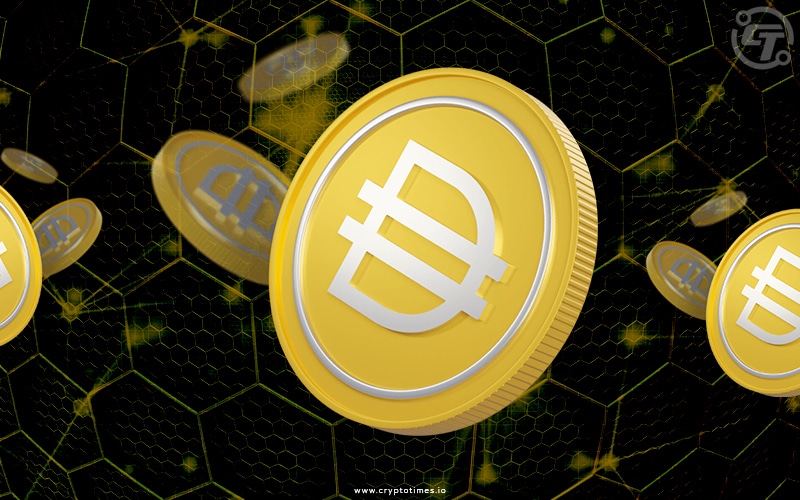One of the largest DeFi protocols MakerDAO is set to incorporate the Ethereum Layer 2 network StarkNet as part of its multi chain strategy to boost DAI token’s functions.
StarkNet makes use of ZK-rollups, a Layer 2 technique that bundles Ethereum transactions off the main chain to accommodate a larger number of transactions at a reduced cost.
The StarkNet integration is ready to launch on April 28th. By deploying MakerDAO on StarkNet, users will be able to mint and sell DAI more quickly and at a lower cost.
In terms of speeding up DAI minting, users can complete transactions on StarkNet in one to two minutes, compared to three to eight hours on Ethereum’s mainnet.
The Maker Wormhole, the protocol’s solution for near immediate teleportation of DAI across the Ethereum ecosystem, allows users to make faster withdrawals.
MakerDAO’s StarkNet integration is part of the company’s multi chain strategy. Arbitrum and Optimism, two networks based on a separate scaling mechanism known as optimistic rollups, were previously integrated into the Ethereum-based protocol.
Louis Baudoin from the StarkNet Core Unit at MakerDAO stated the StarkNet integration will occur in four phases.
On April 28, a basic token bridge for DAI transactions will be launched. In the second quarter of this year, the second phase will deploy quick withdrawals from Layer 2 to Layer 1.
Layer 2 to Layer 2 teleportation will be the third stage, which will take place in the third quarter. Finally, in the fourth quarter of 2022 or the first quarter of 2023, MakerDAO will launch a complete multi-collateral DAI on Starknet.
MakerDAO stated, “The aim of the multichain strategy is to capitalize on the speed and cost advantages of Layer 2 chains while also growing coverage of DAI and making it the stablecoin of choice within the multichain world.”
MakerDAO’s protocol includes two tokens, stablecoin DAI and MKR, the system’s governance token. Last month MakerDAO community members raised a proposal to replace its governance token ‘Maker’ with ‘stkMaker.’ The proposal creators claim that the current system contains a lack of security against governance attacks or voting manipulation.






